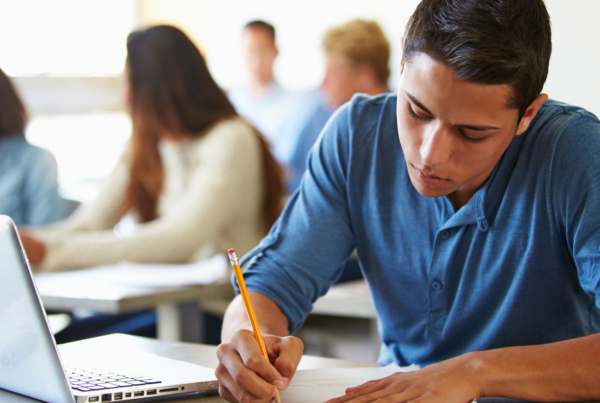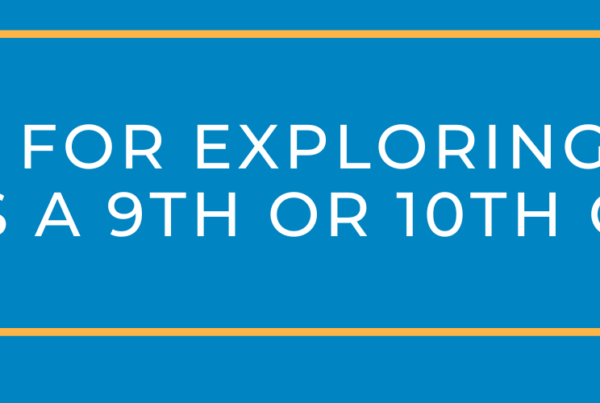 by Scott Lutostanski – Director of Academic Consulting
by Scott Lutostanski – Director of Academic Consulting
“Don’t forget to study.” This is a common phrase that teachers and parents will tell students. This phrase has an infinite number of meanings. Most times, the person saying, “Don’t forget to study,” has a particular image in his mind about what that should look like and consist of. And odds are, the student hearing that message is thinking of something different altogether.
Studying is an ambiguous term. It can mean any amount of time, planning, or work. It can mean any method that one chooses to study. It can vary between subjects; a math test and a history test require different study techniques. And how do we know when to stop? Or how do we know when enough is enough? Studying is not like a homework assignment. It does not end when we get to the bottom of the page. It ends when we decide that the content is mastered.
No matter the subject, we can quantify the act of studying into multiple components that students must consider when preparing for an exam.
Materials- Students have a lot of “stuff” at their disposal. Study guides, notes, textbooks, past homework assignments, old quizzes and tests, youtube videos, and on and on. It is important to identify and prioritize the most targeted and beneficial resources. This will not only save time by being as efficient as possible, but it will also make the student recognize the quantity of content to be studied and assess the difficulty of the content.
Time- Time is the currency of studying. Students must understand the time they will need to prepare and be able to manage and plan this time. So often, students fall into the trap of waiting until the night before an exam or pulling all nighters. This is because the previous step was skipped and time has not been considered.
Methods- The methods we use are crucial. If five students all determine that the information in a textbook is what they need to study, they all may do this differently. They might annotate, take notes, make flashcards, draw pictures, etc. Having a study method and strategy before sitting down will help the student initiate the studying. It also will ensure that they are being thoughtful and direct about how they will learn the information.
The worst thing we can do when studying is sit down and think, “Time to start, what should I do?” By the time the student is sitting at their desk to begin studying, they should know what they are using, how they are using it, when they are going to study, and why they are going to study a specific way. This process helps us cut down on the ambiguity and provides a starting point, a stopping point, and a process to follow.





